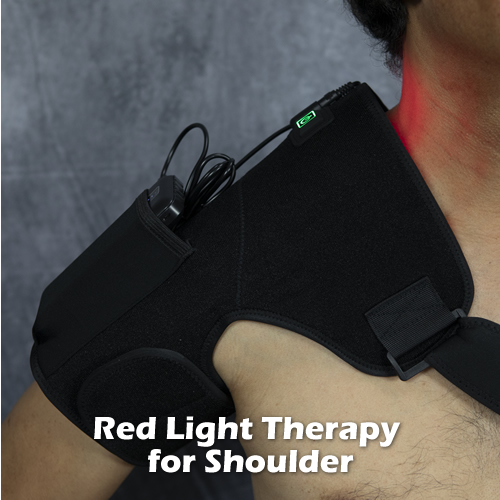Rotator Cuff Tear

The shoulder capsular ligaments, collectively called the “rotator cuff.”
The rotator cuff refers to the convergence of ligaments and tendons that encapsulate the glenohumeral joint, a “ball and socket” type joint consisting of the articulation of the humeral head with the glenoid fossa of the shoulder blade (scapula). Since these ligaments and tendons are involved in moving your arm, they are subject to stress and tears. Imagine the movement occurring here when throwing a ball or doing the butterfly stroke when swimming — those tendons are constantly moving, changing directions and pulling a load– that is a lot to ask from a joint!
If you have a minor rotator cuff strain or partial tear, it can heal on its own with proper rehabilitation. Larger or full thickness tears remain chronic (unjoined; ongoing duller pain) after the acute phase (heat, swelling, sharp pain) has passed. For these, arthroscopic surgery to suture the tear is usually indicated.
NEXT: Shoulder Bursitis and Impingement
< Go Back
(Page 2 of 8)










